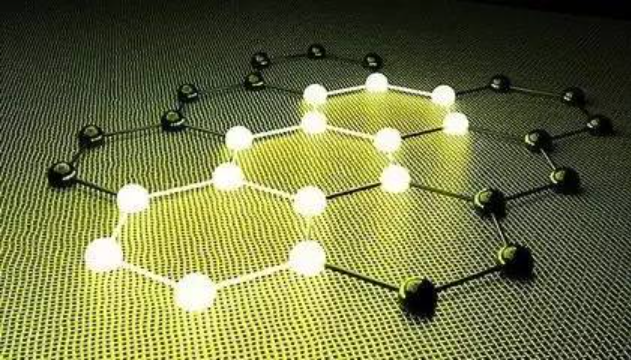Graphene Anode Materials: Unlocking the Future of Fast-Charging Batteries
Introduction
As the world races toward electrification, fast-charging battery technology has become a critical enabler for electric vehicles, smartphones, and portable electronics. Yet, achieving true fast charging is not merely about charging speed—it’s about balancing speed, safety, capacity, and longevity.

Graphene-based anode materials are emerging as a powerful solution to meet these demands, offering exceptional conductivity, mechanical stability, and high capacity potential. This article explores why graphene is poised to redefine the next generation of battery performance.
What Makes Graphene Ideal for Fast-Charging Batteries?
Graphene is a single layer of carbon atoms arranged in a two-dimensional honeycomb lattice. Its unique physical and chemical properties make it a game-changer in battery applications, particularly as a component in anodes.
Key Advantages:
-
⚡ Ultra-High Conductivity
Enables faster electron transfer and reduces energy loss during high-rate charging. -
🧱 Mechanical Strength and Stability
Helps maintain structural integrity during volume changes, extending cycle life. -
🌌 Large Surface Area
Offers more active sites for lithium-ion intercalation, boosting energy density and enabling rapid charge/discharge cycles. -
🔬 Compatibility with Silicon-Based Materials
Graphene can serve as a conductive matrix in silicon-carbon composites, addressing silicon’s volume expansion issues.
Global Research and Commercial Trends
Graphene’s role in energy storage is no longer experimental—it’s scaling toward real-world applications. Here are a few examples of how global players are moving forward:
-
Fraunhofer Institute (Germany):
Developing graphene-silicon anode composites with 20% higher energy density, targeting EV batteries. -
Chinese Research Institutes:
Commercial trials of graphene-enhanced lithium-sulfur batteries with energy densities over 450 Wh/kg. -
Graphene Battery Inc. (USA):
Building graphene oxide-based solid-state battery systems with more than 10,000 cycle life expectancy.
These developments signal a turning point—the fusion of graphene technology with scalable manufacturing is accelerating.
Application Scenarios
Graphene anode materials can be applied in multiple sectors:
-
🚗 Electric Vehicles (EVs)
Improved cycle stability and reduced charging time. -
📱 Consumer Electronics
Enhanced energy density with thin form factors. -
⚡ Grid-Scale Energy Storage
Long-term durability and high rate performance for load balancing and renewable integration. -
🔬 Next-Gen Battery Chemistries
Silicon-graphene hybrids, lithium-sulfur, and even sodium-ion battery systems.
Our Graphene Solution
At GrapheneRich NanoTech, we provide high-performance graphene materials tailored for advanced energy storage applications. Our offerings include:
-
Graphene powders and dispersions with high surface area and purity
-
Customizable concentrations and formulations for anode applications
-
Support for pilot projects and co-development of functional slurries and composites
Our graphene products are designed to integrate seamlessly with existing production lines, offering customers a reliable and scalable path toward battery innovation.
📩 Looking for samples, technical datasheets, or R&D collaboration? Contact us to explore possibilities.
Conclusion
Graphene is not just a futuristic material—it’s a current enabler for breakthroughs in energy technology. With the fast-charging battery market projected to reach over $25 billion by 2030, the adoption of advanced materials like graphene will be vital to success.
If you’re looking to enhance your battery performance, extend lifespan, and lead the market with next-gen charging capabilities, graphene anodes may be your competitive edge.

